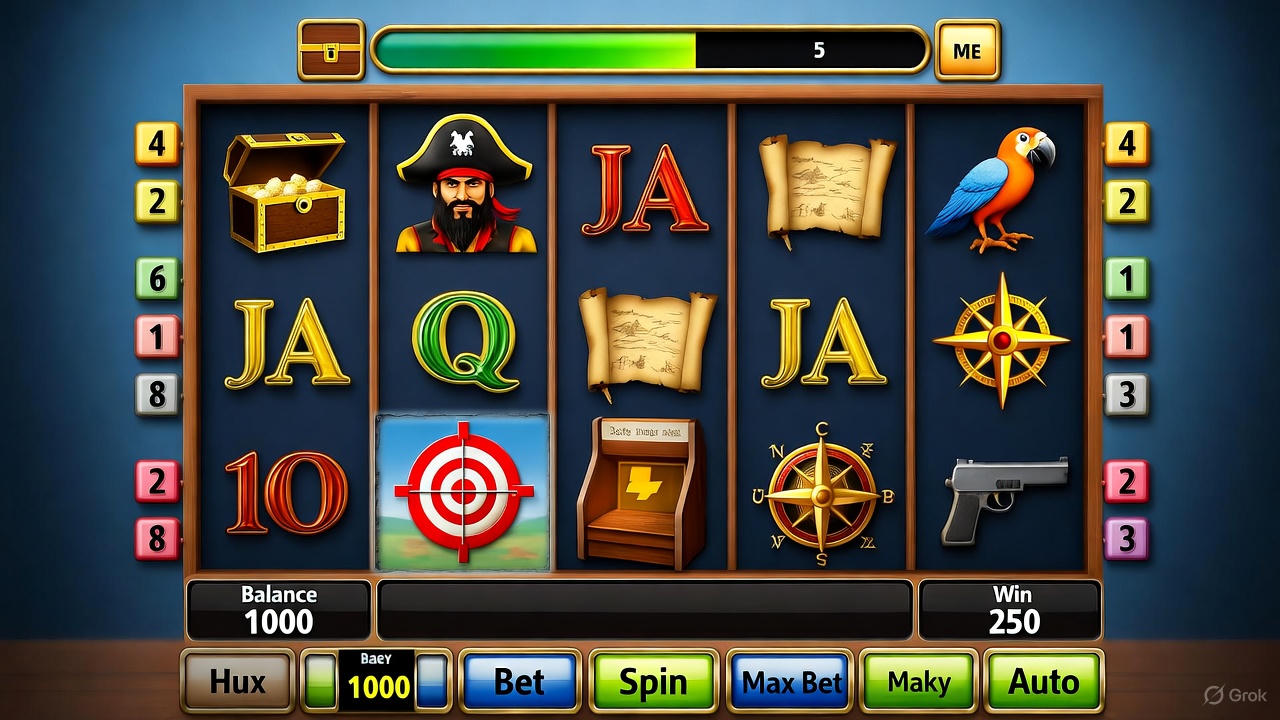For many years, people dreamed of creating computers and machines with the ability to see and act like humans. Creating a machine with human intelligence seemed to everyone something incredible and strange. But the fiction of yesterday has become a reality today. You will no longer be able to surprise someone with a robot or robocar that successfully fulfills its purpose and can distinguish a lawn from a sidewalk. The well-known Tesla, which is trained to park without human intervention, has a place to exist thanks to advanced technology. Fingerprint identification also exists thanks to Artificial Intelligence. But have you ever wondered what exactly lies at the heart of such innovations?
Computer Vision is a next-generation technology everyone should be aware of. CV is a field of artificial intelligence related to the analysis, classification, and recognition of images and videos. Such technology enables computers to identify and process videos and images in the same way that humans do. Computer Vision is expected to take great leaps in recent years. Let’s discover more about artificial intelligence and computer vision in our today’s article.
Computer Vision is Globally Important Technology
In childhood, human learns to recognize patterns in the process of getting to know the surrounding world. People remember the difference between a cat and a dog, and the Among Us from Minecraft. The concept of computer vision is based on teaching computers to process images and videos at a pixel level. The computer thinks differently, to teach the system to recognize patterns, it needs to get a dataset with markings, which clearly show the differences between one object from another. The more accurate the marking, the more accurately the computer vision works. In addition, each such computer has its own specifics, for instance, the ability to identify animals or diagnose diseases. For this reason, one computer cannot be suitable for solving several problems.
Computer vision is quite widely used for self-driving cars, mobile robots, military, and industrial surveillance, in the field of human/computer interaction, facial recognition, and medicine, for example, cancer detection. It is a must-have for such industries as healthcare, quality management, manufacturing, agriculture, transportation, sports, retail, etc. The faster computer vision develops, the more it benefits society. Just imagine what opportunities this technology would bring us.
Every year the technology improves, but there are still bugs. Computers confuse people with animals, mistake abstract patterns for real objects, and sometimes can’t tell a turtle from a gun. The goal of computer vision engineers is to minimize such incidents and teach computers to confidently navigate the world around them. For example, computer vision can help a doctor distinguish a malignant tumor from a benign one.
Here are three common ways in which computer vision can be used:
- Object identification & classification. Neural networks analyze photos, pictures, and videos, highlight the necessary objects and classify them. Computer vision can identify a specific object or all objects;
- Object tracking. Neural networks recognize objects, track their movement, and can control and predict the trajectory of their movement.
Deep learning is a specific subgroup of machine learning algorithms. This allows computer vision engineers to train the model to predict the outcome given a set of input data. This means that each next layer at the input receives the output of the previous layer. Most deep learning algorithms are different kinds of neural networks. A neural network is a learning system, reproduces the work of the human brain on a computer using layers of neurons.
It’s not a secret that each image consists of pixels. For computer vision, a pixel’s brightness is represented by a single 8-bit number, ranging from 0 (black) to 255 (white). However, it is more difficult with colored images. Computers always read colors as a series of 3 RGB (red, green, and blue). Respectively, each of these colors has a value from 0 to 255. It means that to train a computer and ensure its meaningful accuracy you would need thousands of various images. It requires a lot of time, memory, and pixels, especially when we talk about Deep learning, but it is worth the result.
How Do People Use Computer Vision in Their Projects
The most important trend in the field of computer vision is Generative adversarial networks (GANs). Nowadays, users can increasingly observe the emergence of high-quality deep fakes on the Internet. For instance, the This Person Does not Exist project uses GAN to generate photorealistic images of people who don’t really exist. Other projects work on a similar principle: the algorithm for creating fake cats This Cat Does not Exist, or sneakers – This Sneaker Does not Exist.
Another trendy direction in computer vision is the modeling of 3D scenes. To implement this idea, special algorithms are being developed that can recreate a scene in three-dimensional space using a series of images. This technology is actively used in construction, robotics, animation, the gaming industry, interior design, and military affairs.
How to Become Computer Vision Engineer: Skills and Duties
Today, computer vision is at the peak of its popularity, which increases the demand for specialists in this field. Computer vision engineers help automate processes, and speed up and simplify business problem-solving using computer vision technologies. A Computer Vision engineer applies a set of methods, algorithms, and technologies for image formation and processing of static images/videos from cameras, scanners, etc. Such a specialist actually teaches the computer to see the surrounding world as a human does.
Considering that the computer vision field keeps growing and more startups are getting on board with computer vision business and analytics, computer vision engineers are highly valued. The most common tasks of computer vision engineers are the recognition, classification, and segmentation of objects, recognition of printed or handwritten text, as well as tracking of the movement of objects on video.
To become a computer vision engineer, you need an educational background. This can be a Master, Bachelor, or Ph.D. degree in Computer Science, adding various courses around computer vision. The most common image processing tools and languages for creating computers with algorithms that you need to be well-versed in are Python, Cython, C++, Tensorflow, OpenCV, Pytorch, R, NumPy, Matplotlib, etc. You should have a rudimentary understanding of the principles of linear algebra, such as linear transformation, dimensional reduction, matrix factorization, matrix multiplication, and others.
Like other IT careers, working as a computer vision engineer requires a high level of self-motivation and the ability to communicate effectively with other specialists in a team. The most essential character traits for a computer vision engineer are logical thinking, critical thinking, and analytical skills, as well as clear reasoning. These specialists work on complex problems, so the ability to analyze and draw accurate conclusions is a must-have.
To Sum Up
Computer Vision is a great field that would bring a lot of benefits to society and things are likely to be this way for the years to come. We expect new use cases in such industries of great importance as medicine, pharmaceuticals, sports, manufacturing, transportation, military, and many others. With the help of Computer Vision and Deep Learning, you can both conduct serious research and solve everyday tasks, for instance, organize photos, create a three-dimensional model of the surrounding world, and manage and make changes to a collection of video recordings.
Although significant progress has already been achieved in the field of Computer Vision, there are still many unsolved problems. Existing algorithms lack generality, and an increase in speed usually causes a decrease in accuracy. Hence, the urgent goals for engineers are improving the speed of existing algorithms, solving problems in real-time in conditions of limited resources, improving accuracy, and reducing the cost of training systems based on neural networks.
We hope our article is useful for you and helps discover more about the most essential technology – Computer Vision – that can turn people’s reality to 360 degrees if we work hard!







